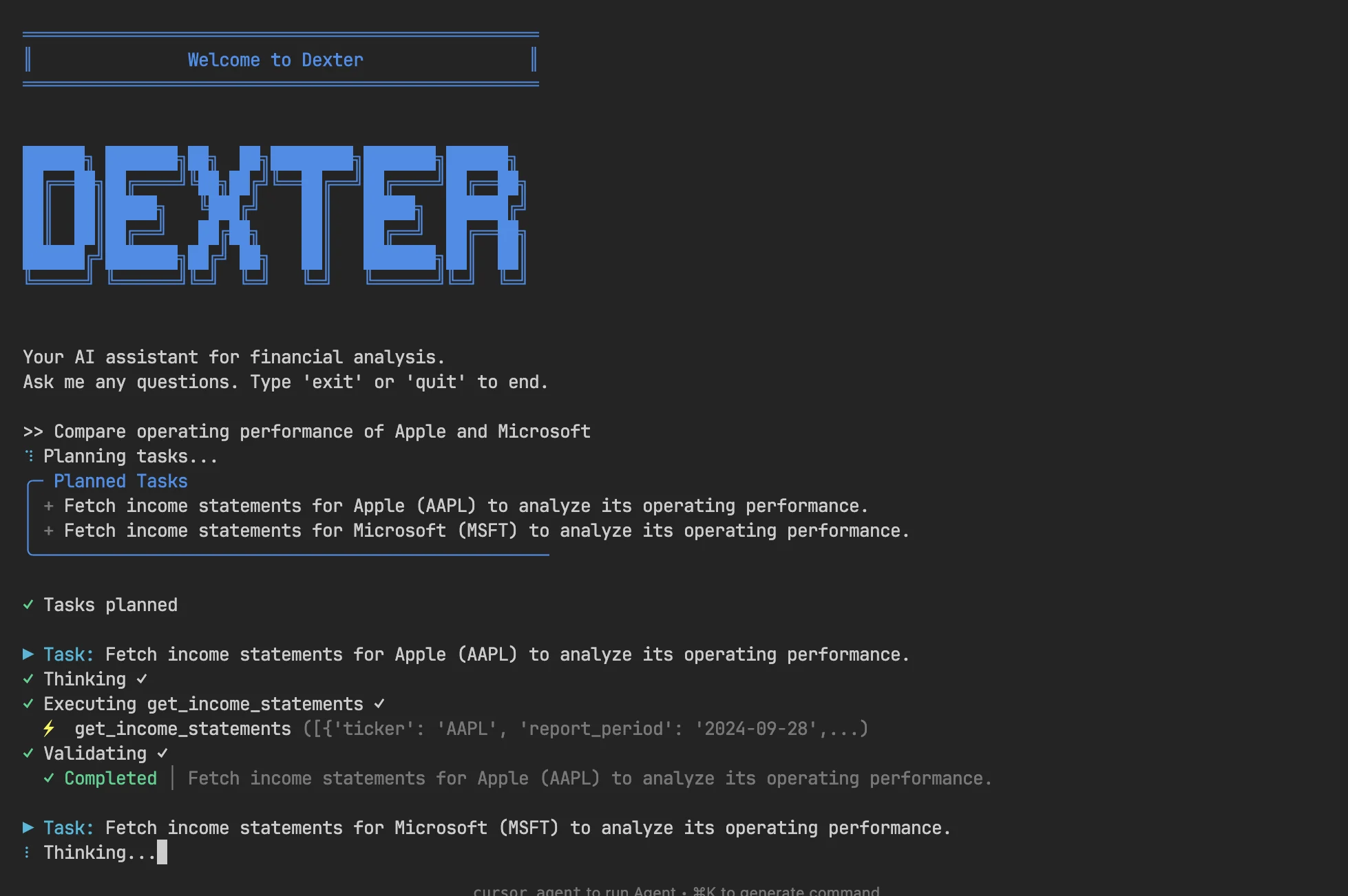At the GTC conference, Nvidia unveiled two new personal AI supercomputers: DGX Spark and DGX Station. Both products are based on Nvidia’s Grace Blackwell platform and aim to enable users to process large AI models without needing a data center connection.
DGX Spark is the renamed version of "Digits," which Nvidia previously announced at CES. This device, resembling a Mac Mini, is touted as the world's smallest AI supercomputer, priced at $3,000 and now available for pre-order. It is equipped with Nvidia’s GB10 Blackwell Superchip, integrating fifth-generation Tensor Cores and FP4 support, specifically designed for Spark's compact desktop form factor. Despite its small size, it delivers up to 1,000 trillion operations per second (TOPS) of AI computing power to fine-tune and infer the latest AI models.
Simultaneously, Nvidia introduced the larger DGX Station, whose price has not yet been disclosed. This product targets AI developers, researchers, data scientists, and students, allowing them to prototype, fine-tune, and perform inference on large models right from their desktops. DGX Station features Nvidia’s newly released GB300 Blackwell Ultra desktop superchip, which provides 20 petaflops of AI performance and comes with 784GB of unified system memory.
In addition, Nvidia announced collaboration plans with several OEM partners. Asus, Dell, HP, Boxx, Lambda, and Supermicro will launch their own versions of DGX Station, expected to hit the market later this year. Meanwhile, DGX Spark will be manufactured by Asus, Dell, HP, and Lenovo, with pre-orders available on Nvidia’s official website and delivery anticipated by summer.
Notably, Nvidia is not the only company in the GPU space offering products with significant unified memory for running large language models (LLMs) locally. Competitor AMD has introduced the Ryzen AI Max+ "Strix Halo," while HP embedded its 128GB version into laptops, and Framework used it in a $2,000 desktop computer. Both products allow the GPU to access up to 96GB of video memory.








